A Tangle Of Trends: Exploring Victorian Era Hair In 2025
A Tangle of Trends: Exploring Victorian Era Hair in 2025
Related Articles: A Tangle of Trends: Exploring Victorian Era Hair in 2025
Introduction
In this auspicious occasion, we are delighted to delve into the intriguing topic related to A Tangle of Trends: Exploring Victorian Era Hair in 2025. Let’s weave interesting information and offer fresh perspectives to the readers.
Table of Content
A Tangle of Trends: Exploring Victorian Era Hair in 2025

The Victorian era, spanning from 1837 to 1901, was a period of immense social, political, and technological upheaval. This dynamism is vividly reflected in its fashion, particularly in the elaborate and ever-evolving styles of hairdressing. While seemingly a superficial aspect of life, Victorian hair reveals much about the era’s complex relationship with beauty standards, class distinctions, and the burgeoning industrial revolution. In 2025, with our access to advanced historical research and a renewed interest in sustainable and ethically sourced materials, we can examine Victorian hair with a fresh perspective, appreciating both its artistry and its social implications.
The Reign of Romanticism and the Rise of the "Natural" Look (1830s-1850s):
The early Victorian period saw a lingering influence of Romantic ideals. Hair, often considered a woman’s crowning glory, was styled to emphasize natural beauty, albeit within a highly structured framework. Loose ringlets, cascading curls, and softly waved tresses were popular, often achieved through the use of curling irons, heated tongs, or elaborate paper-wrapped techniques. These styles, while seemingly effortless, required considerable skill and time to create. The "Gibson Girl" look, emerging towards the end of this period, showcased a softer, more youthful aesthetic with a center part and loose waves framing the face, a departure from the earlier, more severe styles.
The materials used were largely natural: hairbrushes were made from boar bristle, combs from wood or tortoiseshell, and hairpins from bone or metal. However, the increasing availability of manufactured goods began to influence hairdressing. Hair dyes, though often harsh and potentially damaging, became more accessible, allowing women to alter their natural hair color to match prevailing fashions. This period also saw the rise of artificial hairpieces, such as braids, curls, and chignons, allowing women to achieve fuller and more elaborate styles. These additions, however, were often made from human hair, sourced ethically ambiguously, a topic we will revisit later.
The Era of Extravagance: Elaborate Updos and the Influence of Technology (1860s-1880s):
The mid-to-late Victorian era witnessed a dramatic shift towards increasingly elaborate and complex hairstyles. The influence of the Second Empire style in France, characterized by opulence and grandeur, permeated hairdressing. High, elaborate updos, often incorporating intricate braids, twists, and curls, became the norm for formal occasions. These styles often required the use of numerous hairpins, false hairpieces, and decorative elements such as ribbons, flowers, and jeweled ornaments.
The invention and refinement of new technologies played a crucial role in shaping these styles. Improved hairdressing tools, such as more efficient curling irons and specialized combs, facilitated the creation of intricate patterns and textures. The rise of mass production also made artificial hairpieces more readily available and affordable, enabling a wider range of women to participate in the fashion for elaborate hairstyles. However, the weight and complexity of these styles could be uncomfortable and even damaging to the hair and scalp.
The Late Victorian Period: A Shift Towards Simplicity and Practicality (1890s-1901):
By the 1890s, a reaction against the extreme elaboration of previous decades began to emerge. Hair styles became slightly less extravagant, with a focus on simpler, more manageable looks. The "Pompadour," a style characterized by a high, puffed-up front section, remained popular, but it was often combined with a more loosely arranged back section. The "Gibson Girl" style, with its softer waves and more natural look, continued to influence hairdressing, reflecting a broader societal shift towards a more relaxed and informal aesthetic.
This shift towards practicality was also influenced by changing social roles for women. The increasing participation of women in the workforce and their growing involvement in social and political movements demanded hairstyles that were less time-consuming and easier to maintain. While elaborate styles were still worn for special occasions, everyday hairstyles reflected a greater emphasis on functionality and convenience.
The Social and Ethical Implications of Victorian Hair:
Examining Victorian hair in 2025 requires us to confront the ethical complexities surrounding its creation and maintenance. The widespread use of artificial hairpieces raises questions about the sourcing of human hair. While some hairpieces may have been made from the hair of willing donors, others were likely obtained through less ethical means, potentially involving exploitation and coercion. The use of child labor in the production of some hairdressing tools and accessories further complicates the picture.
Furthermore, the pursuit of fashionable hairstyles often involved the use of harsh chemicals and treatments that could damage the hair and scalp. The lack of awareness of the long-term health consequences of these practices highlights the need for a more informed and responsible approach to hair care. The Victorian era’s preoccupation with hair, while aesthetically fascinating, serves as a reminder of the potential for exploitation and harm within the beauty industry.
Victorian Hair in 2025: A Legacy of Style and Sustainability:
Today, we can appreciate the artistry and creativity of Victorian hairdressing while critically examining its social and ethical implications. Contemporary hair stylists draw inspiration from Victorian styles, adapting them to modern sensibilities. We see echoes of Victorian elegance in modern updos, braids, and waves, often with a focus on natural textures and sustainable practices.
The use of ethically sourced and environmentally friendly hair products is gaining prominence, reflecting a growing awareness of the impact of the beauty industry on the planet and its people. The pursuit of beauty in 2025 is increasingly intertwined with a commitment to social responsibility and environmental sustainability. The legacy of Victorian hair, therefore, extends beyond its aesthetic appeal; it serves as a reminder of the importance of ethical considerations in all aspects of beauty and fashion.
In conclusion, Victorian hair, far from being a mere historical curiosity, offers a rich tapestry of social, technological, and ethical considerations. By examining the styles, materials, and practices of the era, we gain a deeper understanding of the complexities of Victorian society and the enduring influence of its aesthetic legacy. As we move forward in 2025, we can learn from the past, embracing the artistry of Victorian hairdressing while striving for a more sustainable and ethical approach to beauty. The intricate braids, the towering updos, and the delicate ringlets all whisper tales of a bygone era, reminding us that beauty, like history, is a complex and ever-evolving narrative.

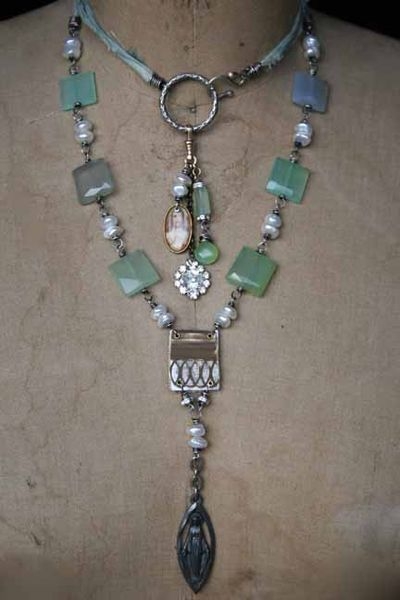

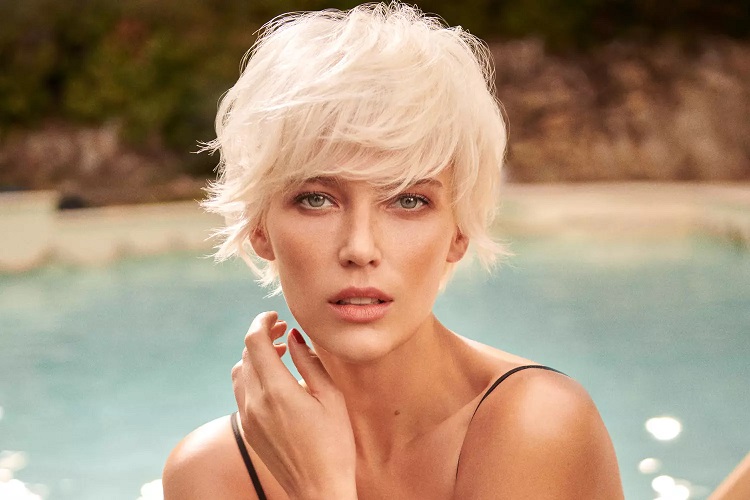

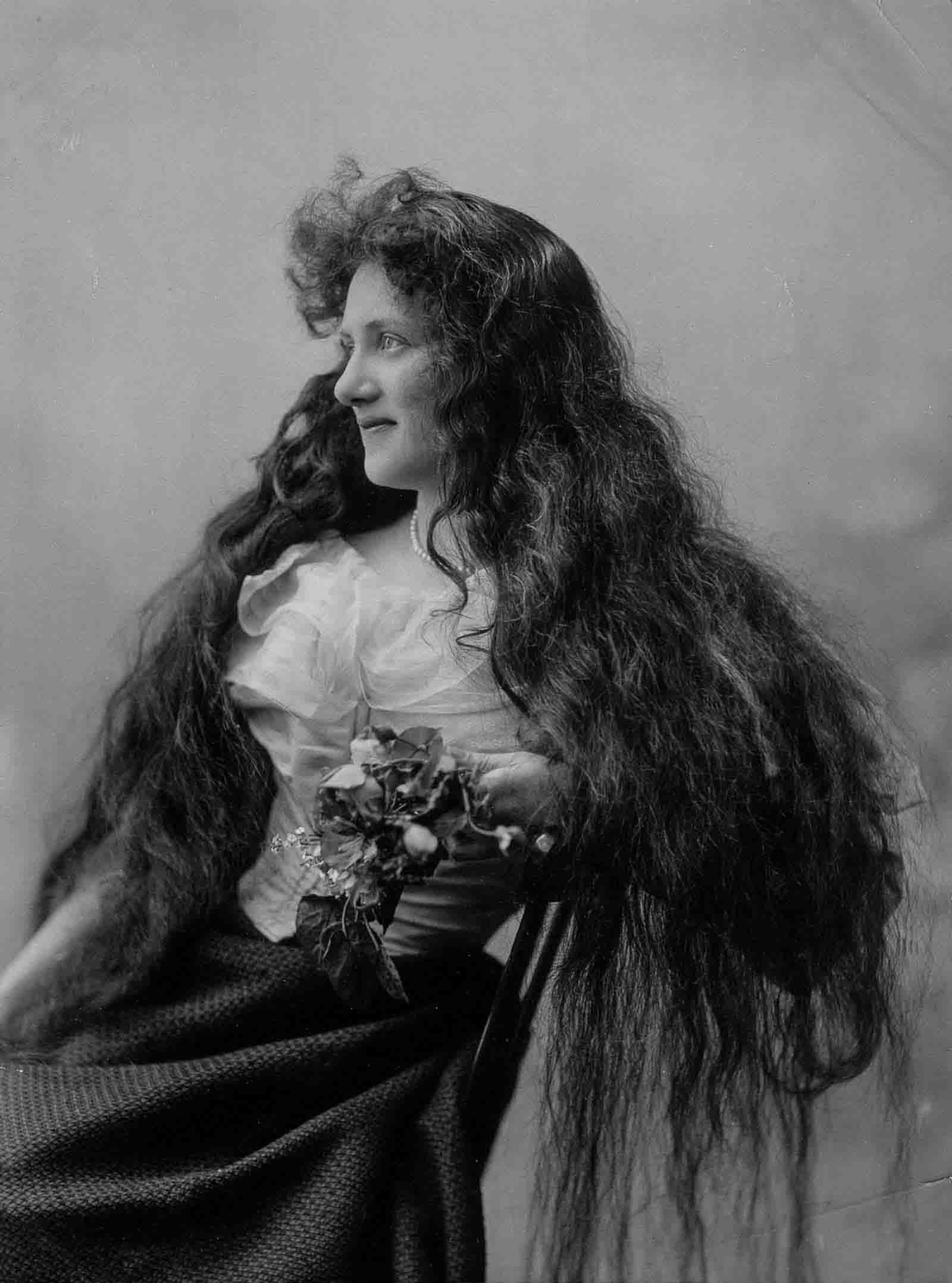
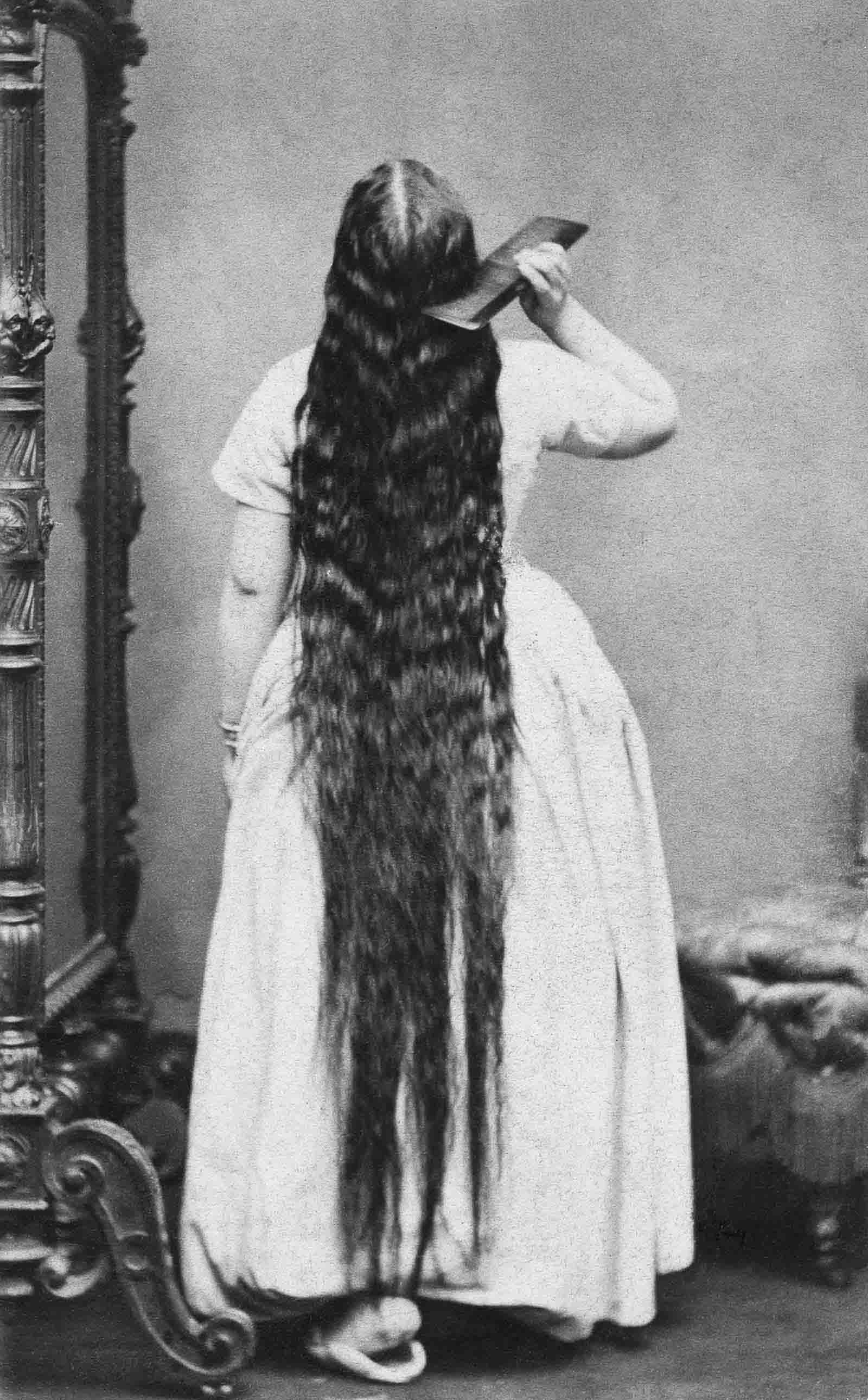
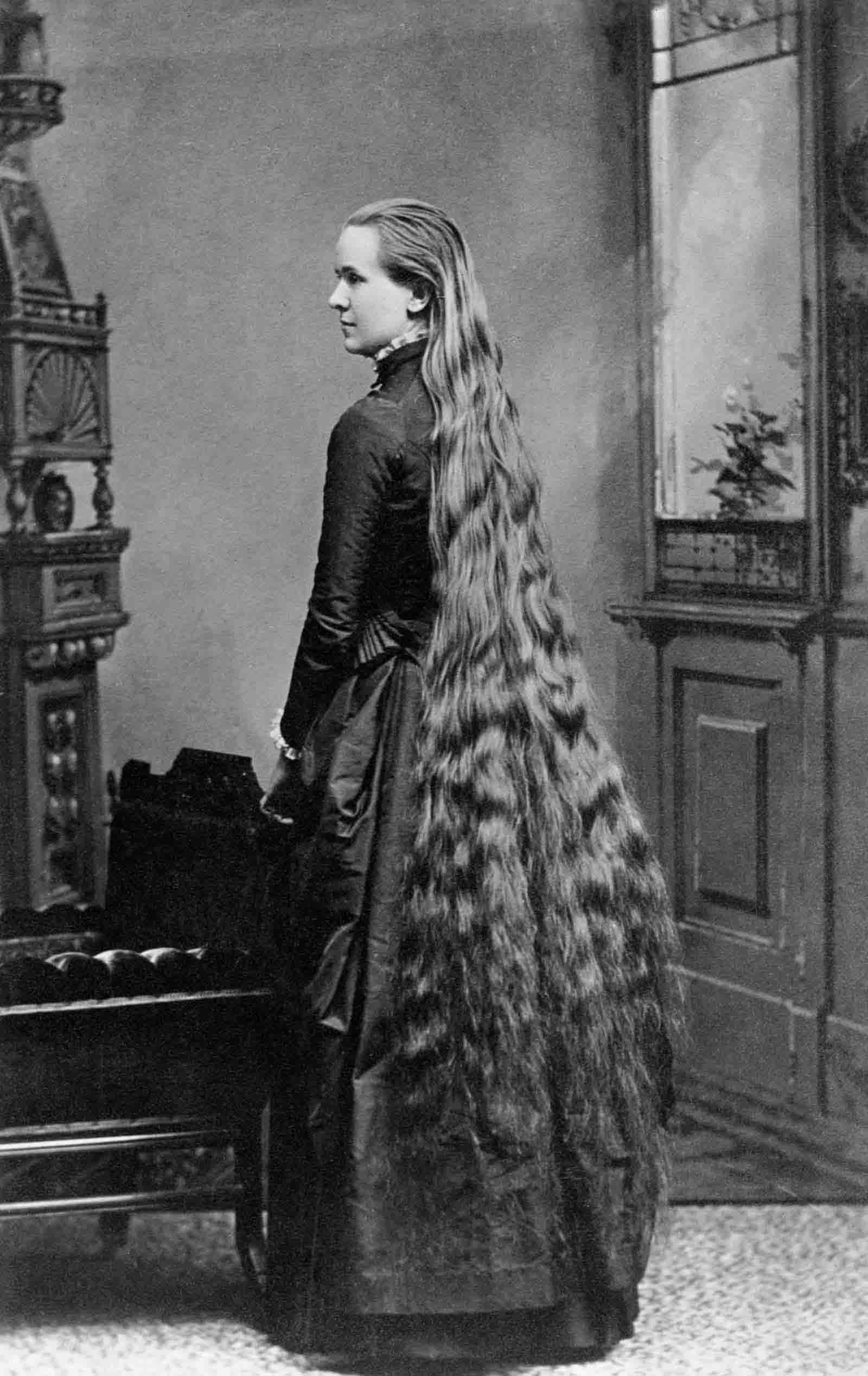
Closure
Thus, we hope this article has provided valuable insights into A Tangle of Trends: Exploring Victorian Era Hair in 2025. We thank you for taking the time to read this article. See you in our next article!